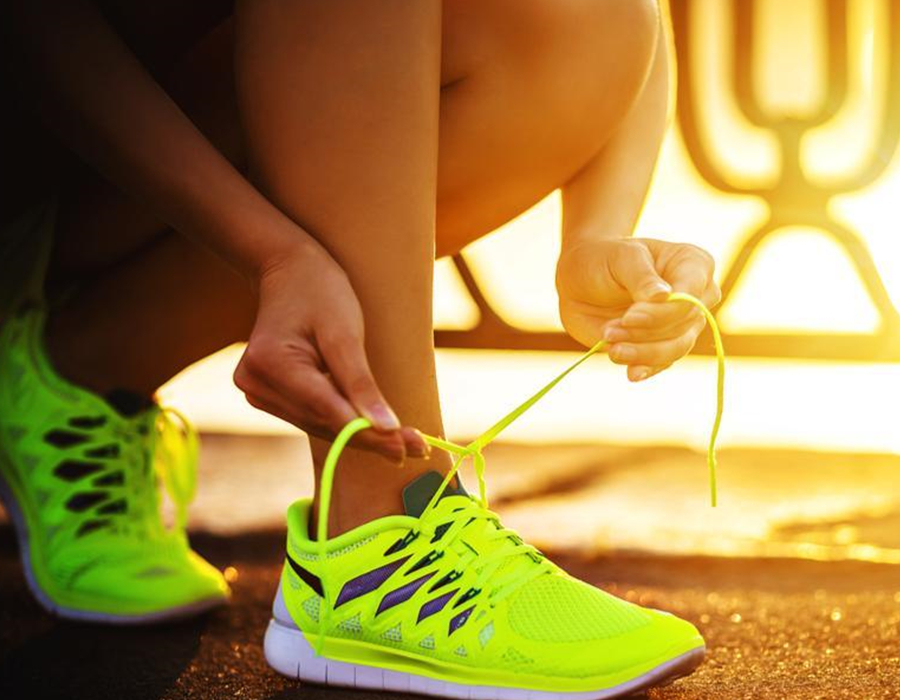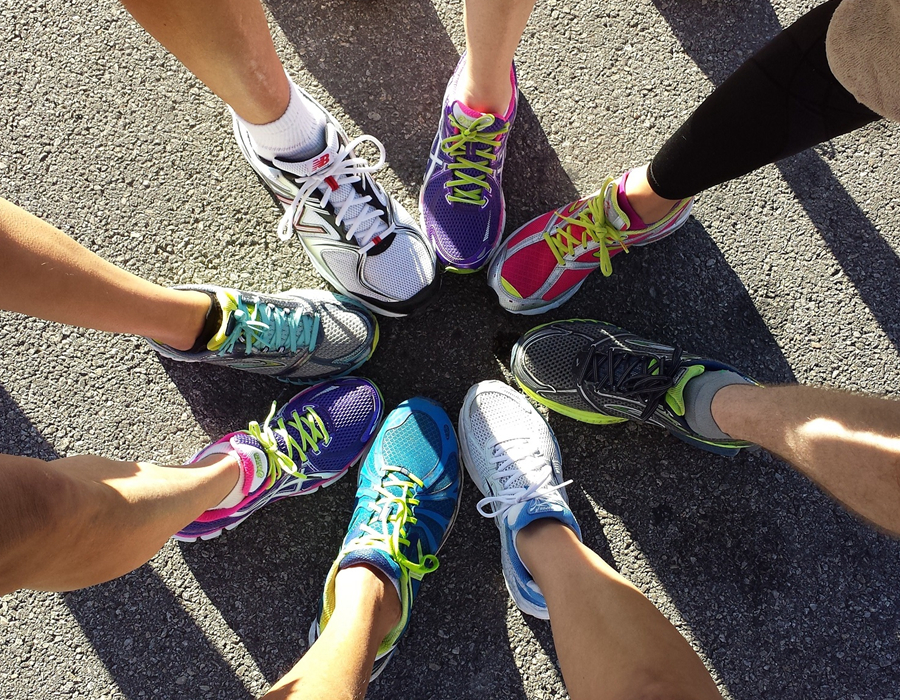Understanding Shoe Types
Running shoes come in various types, each designed for different running styles and surfaces. The main categories include:
– Neutral Shoes: Ideal for runners with a neutral gait, these shoes provide balanced cushioning and support. They are suitable for most runners and work well on various surfaces.
– Stability Shoes: Designed for runners who overpronate (roll their feet inward), stability shoes offer additional support and structure. They help maintain proper alignment and reduce the risk of injuries.

– Motion Control Shoes: These are best for runners with severe overpronation. Motion control shoes provide maximum support and stability, helping to correct excessive foot movement.
– Trail Shoes: If you enjoy running on uneven or rugged terrain, trail shoes are essential. They feature aggressive outsoles for better grip and are designed to protect your feet from rocks and roots.
Importance of Proper Fit
Finding the right fit is crucial for comfort and performance. When trying on running shoes, ensure there is about a thumb’s width of space between your longest toe and the front of the shoe. This allows for natural foot movement during your stride. Additionally, consider the width of the shoe; a snug fit around the midfoot and heel is essential to prevent blisters and discomfort.
Test Before You Buy
Before making a purchase, it’s wise to test the shoes. Many specialty running stores offer treadmills or allow you to run outside to get a feel for the shoes. Pay attention to how they feel during movement, focusing on comfort, support, and flexibility.

Replace Worn Shoes Regularly
Running shoes have a lifespan, typically ranging from 300 to 500 miles, depending on your running style and body weight. Regularly inspect your shoes for signs of wear, such as flattened cushioning or worn-out treads. Replacing your shoes when they show signs of wear can help prevent injuries and improve your running experience.
Conclusion
Choosing the right running shoes is essential for a successful running journey. By understanding the different types of shoes, ensuring a proper fit, testing before you buy, and replacing worn-out shoes regularly, you can enhance your comfort and performance. Invest in the right pair, and you’ll be well on your way to enjoying every step of your running adventure!

